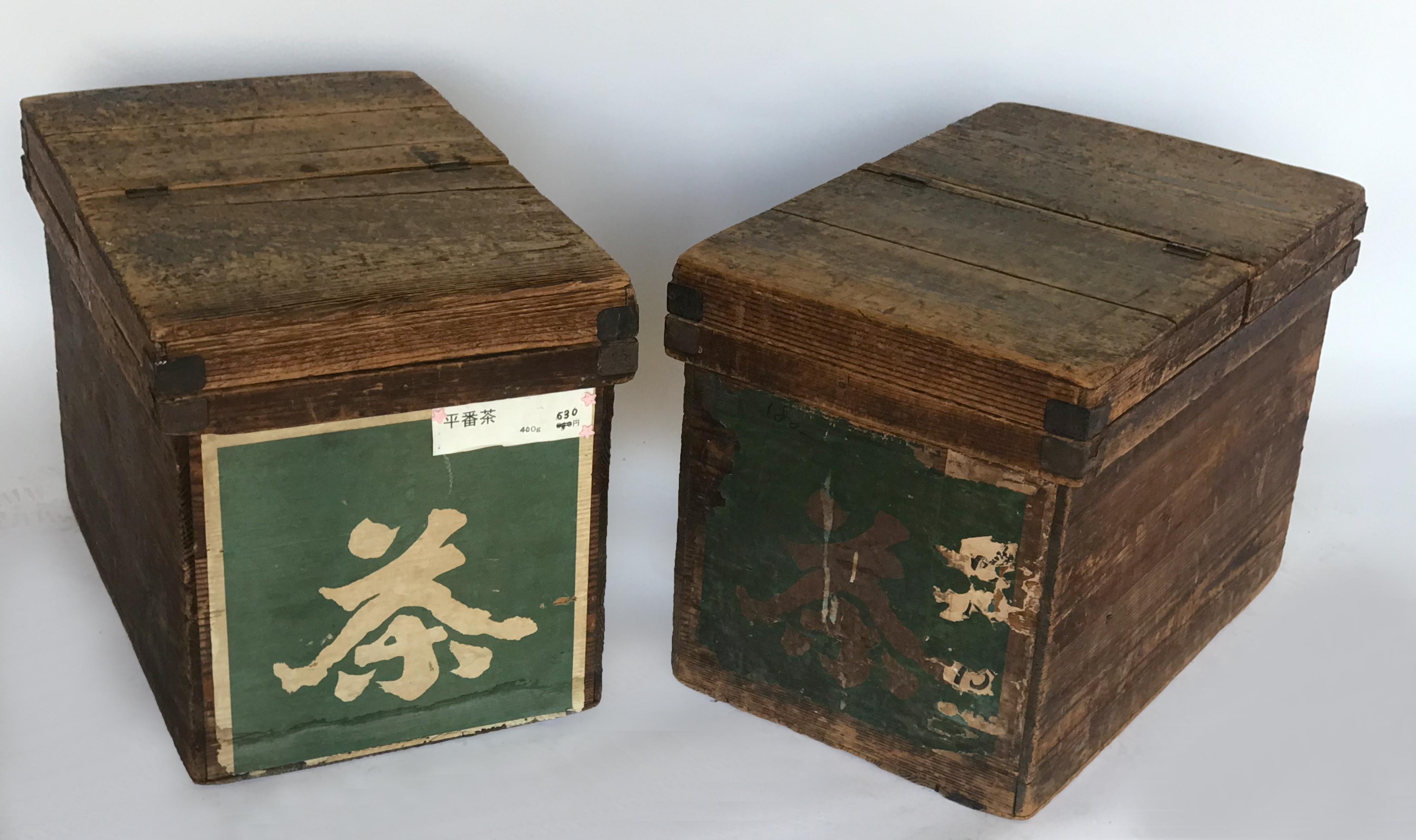
Production ramped up and the British East India Company soon had enough tea plantations to end its reliance on Chinese trade. Tea estates rose to prominence and soon the tea plants covered large swaths of rolling hillsides. By 1823, the British and local Indians were cultivating black tea in the Assam and Darjeeling regions of the Indian subcontinent. Plans were set into motion and experts were brought from China to begin harvesting tea in India. The British wanted to begin their tea production to reduce the reliance on Chinese tea plantations. Trading hubs were established in Bombay and Bengal and the company exerted its influence over politics and military affairs. By the early 18th century, the British East India Company had monopolized the tea trade in China. The first stronghold of tea production for the British was on the island of Macau. When the British East India Company became a powerful competitor to the Dutch East India Company. There is documentation of tea as early as the 1st century, but it wasn't until the 16th century that it made its way to the western world. It has been exceptionally consumed as part of traditional remedies on the Asian continent for centuries. The fertile history of tea lends an intriguing perspective to the enjoyment of this beverage today. In current times, it has become the object of evidence-based science glorifying its healthy abilities. It's a history infused with fictitious sagas of spirituality and chronological enchantment.

When buying tea loose in large quantities, divide it into several small boxes to limit oxidation on contact with air each time you open the box.The history of tea is as lengthy and perplexing as its populace of flavours and kinds. Tea boxes are often very pretty, decorated with Japanese motifs and add a colorful Japanese touch to your kitchen decor. Japanese washi paper tea tins also make perfect containers for your loose tea. For excellent preservation of your tea, Japanese Temple advises to store it in metal tea boxes with a double lid. These airtight boxes protect your tea from light, humidity and odors. .

Green teas have a better taste when consumed within 12 months after picking. It is necessary to store loose tea in airtight and opaque tea boxes. Indeed, tea is sensitive to light, heat, humidity and strong odors. Exposing it to air and light would risk oxidizing the leaves and thus reducing the aroma they contain. In contact with humidity, the leaves could mold and loose their flavors. If you store your tea in the kitchen, avoid damp places, sources of heat and spices or other food that emit smells and could permeate the tea. The tea cannot expire but it can "spoil", so some precautions need to be taken to ensure the proper conservation of these leaves. The importance of tea in Japanese culture is anchored in their culture which highlight the secret of tea preparation a good storage conditions to preserve all its aromas and flavors. Tea is considerated as a delicate, precious and refined drink. The tea ceremony, called Chanoyu in Japanese is a vertiable art for centuries in Japan. A Japanese tea box to preserve the flavors of your favorite tea The main issue of tea storage conditions, therefore Japanese Temple offers all kind of tea boxes sealed, in metal or in wahsi paper.

Tea is a flavored drink popular in Japan and Japanese people pay attention to it conservation.


 0 kommentar(er)
0 kommentar(er)
